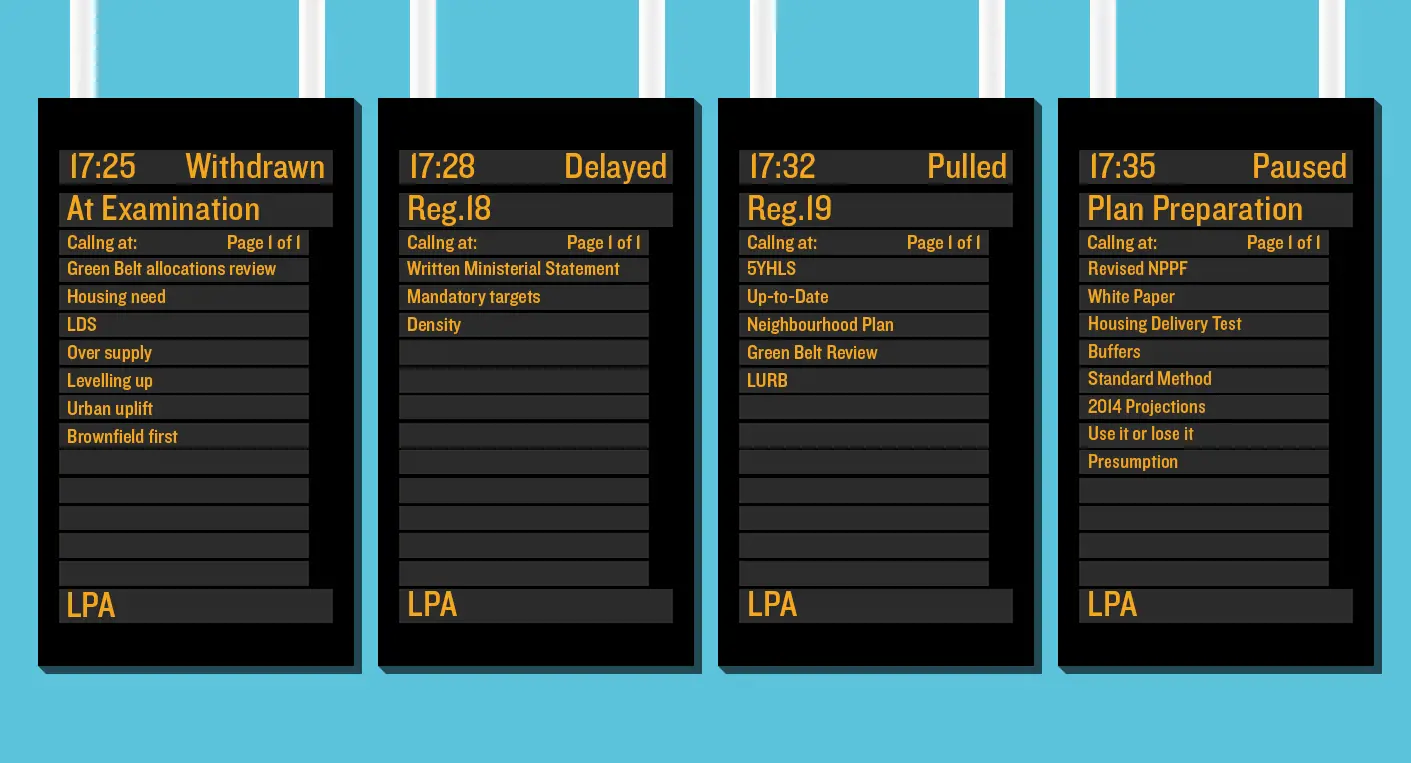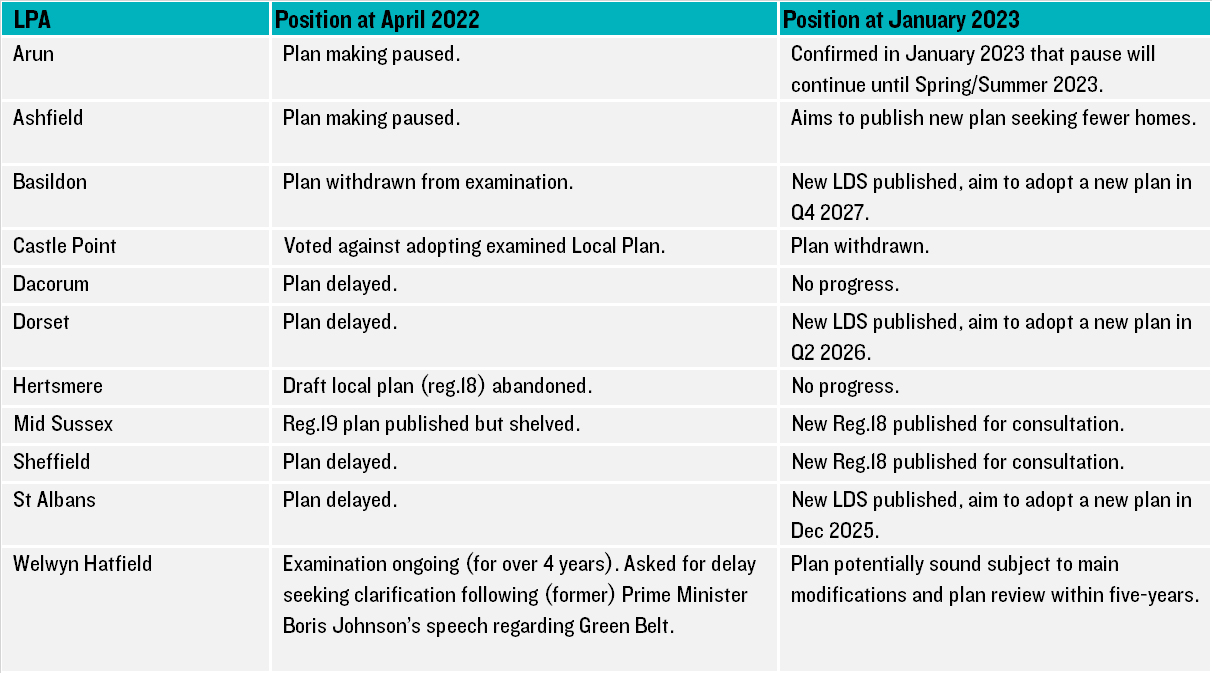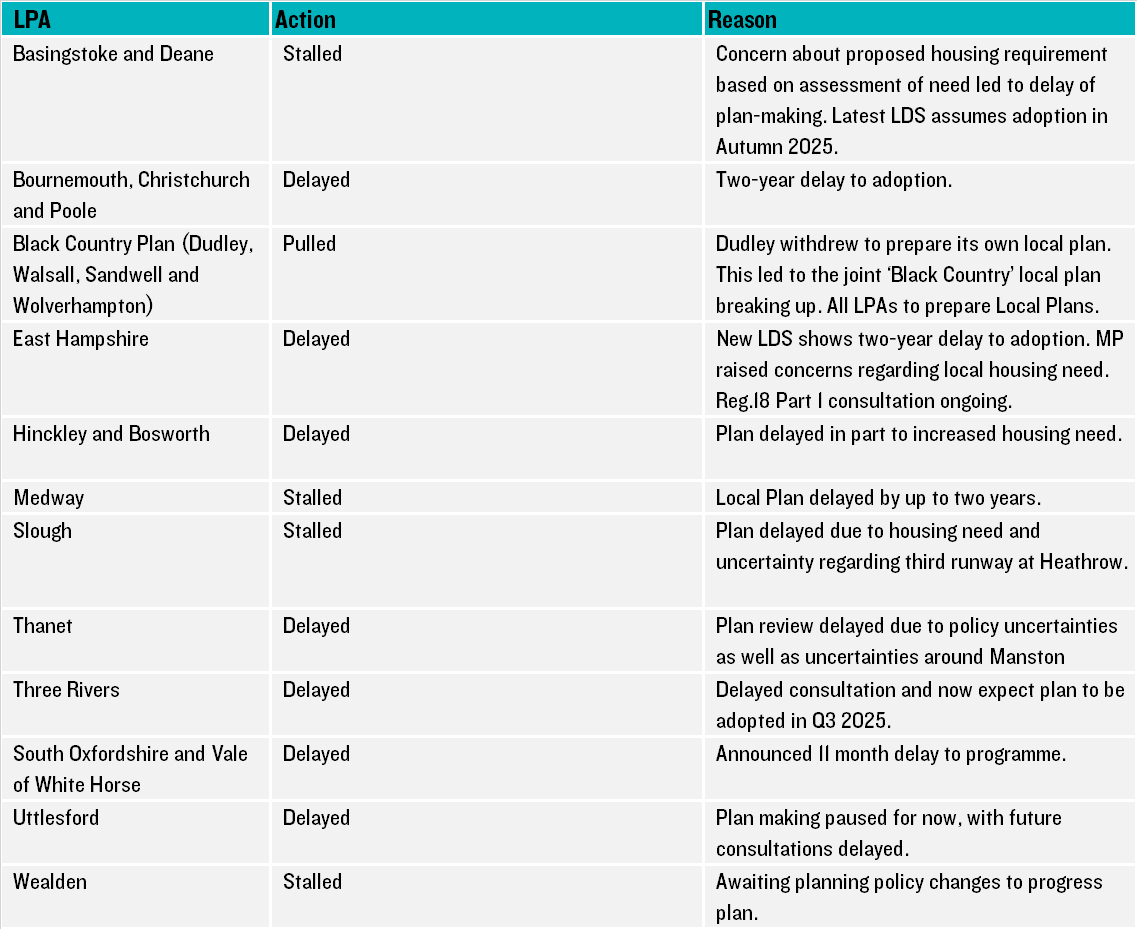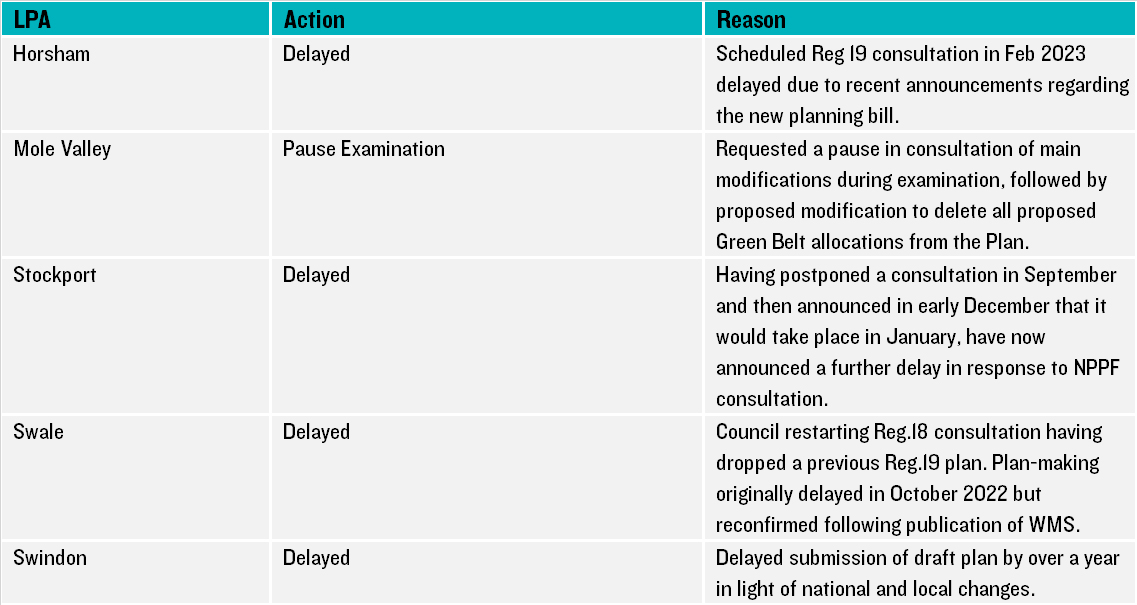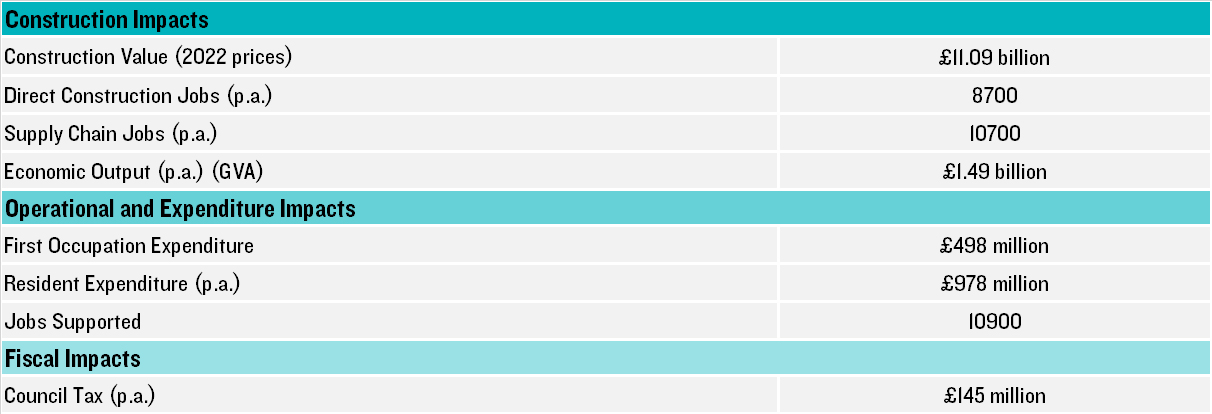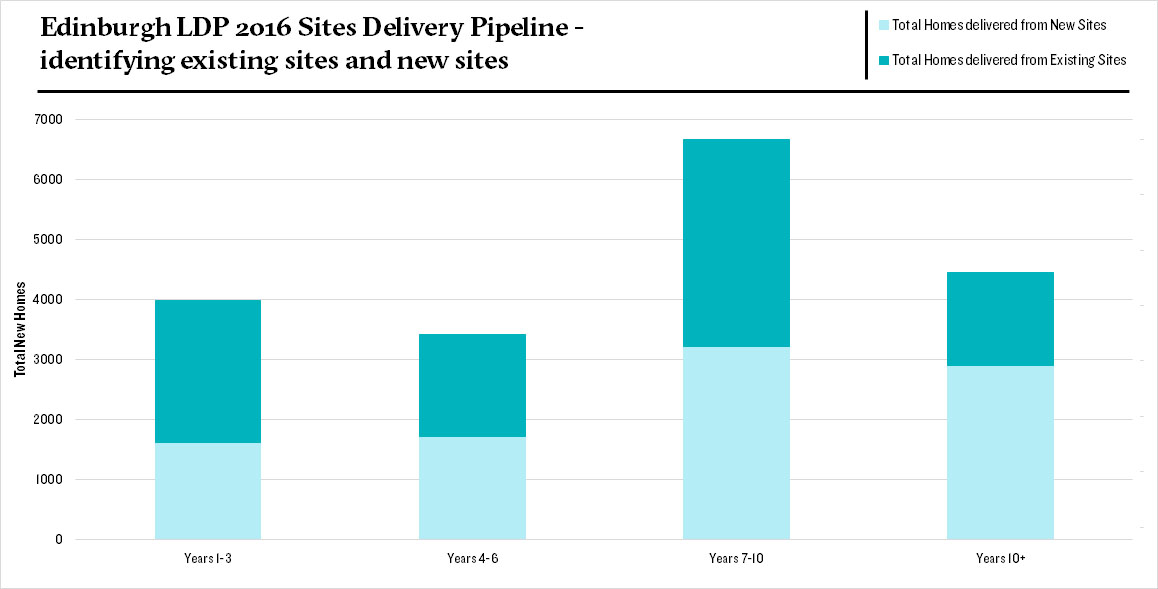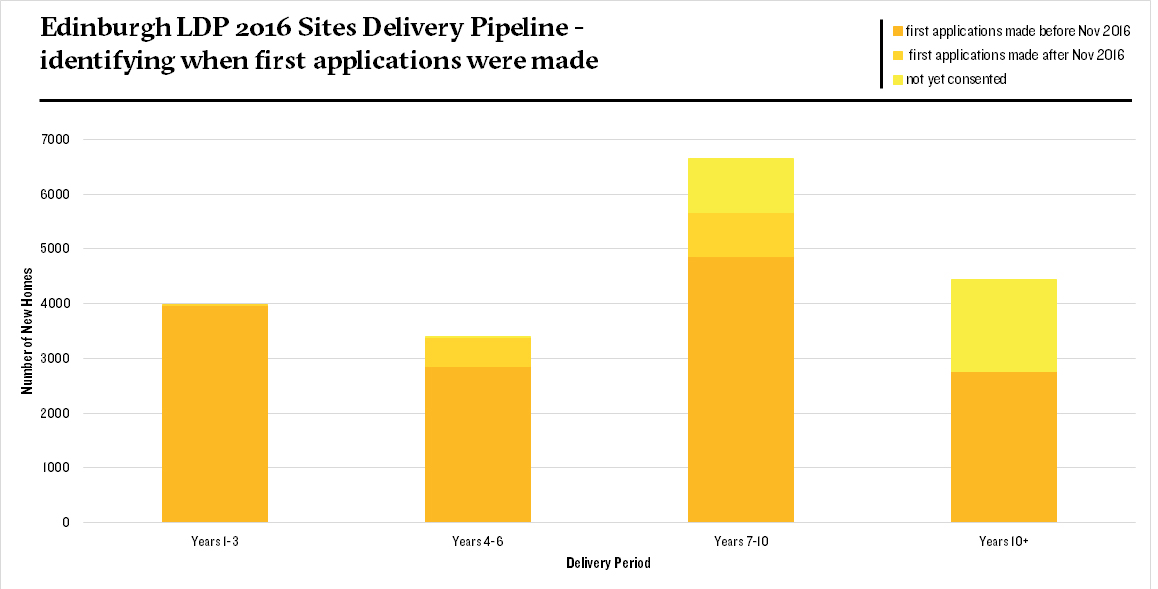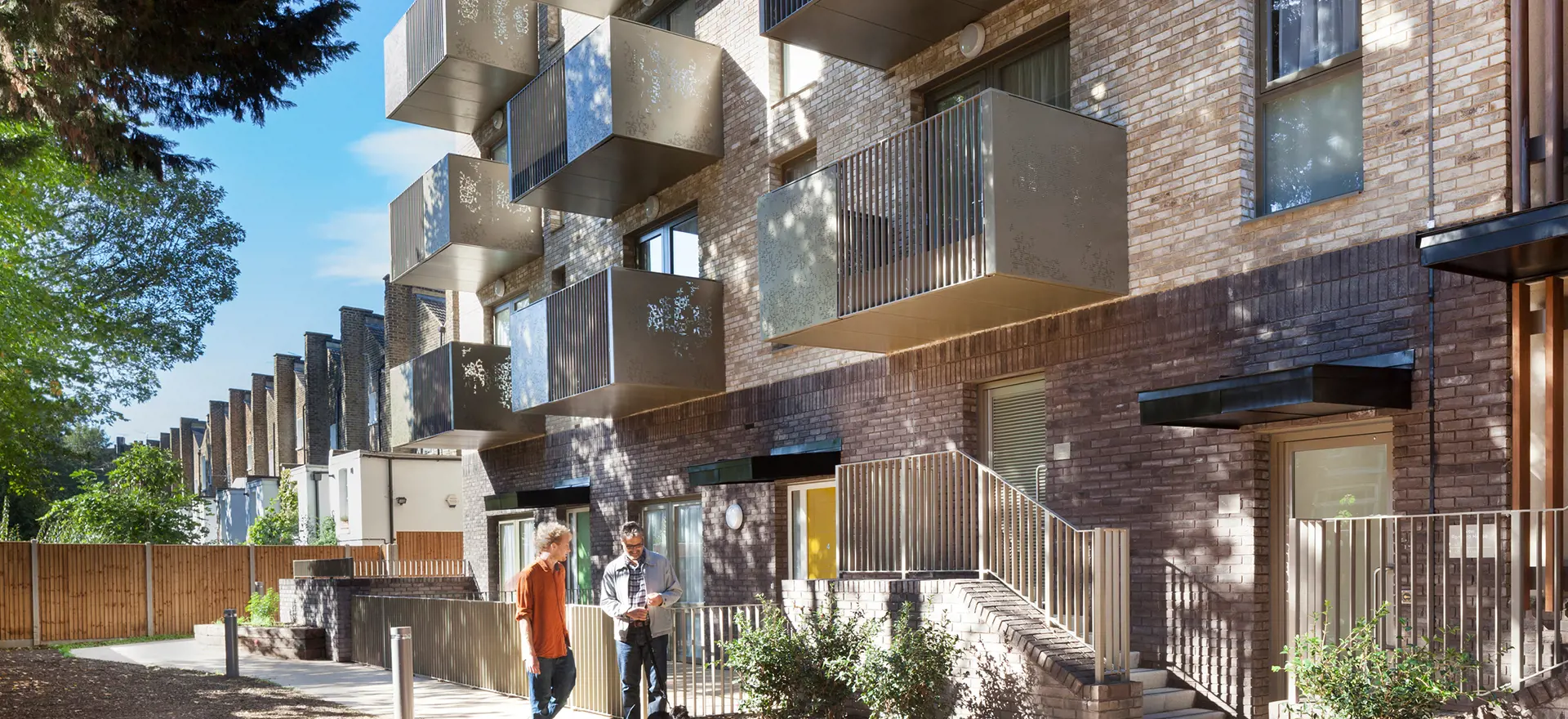The Government is consulting on its Levelling-up and Regeneration Bill, including reforms to the National Planning Policy Framework (‘NPPF’). Amongst the reforms are amendments to the wording of Chapter 8 and onshore wind and energy efficiency. Many of you will have seen my previous
blog on the importance of wind energy and the appetite for change in Government.
This appetite was first set out in the Growth Plan under Liz Truss’ Government and then later in December 2022 in a Written Ministerial Statement from Michael Gove, under Rishi Sunak’s leadership. But what does this actually mean for policy and what reforms are proposed?
In Autumn last year the industry was promised a lot and a quick Google would have shown the new and renewed excitement in the sector. In reality, for a country that needs to focus on creating its own energy for security and fair pricing, the amendments to Chapter 8 of the NPPF are underwhelming to say the least. The proposed amendments feel like a missed opportunity.
The proposed amendments raise many questions and I explore these in this blog.
Current policy wording in the NPPF (July 2021) stems from 2015 and David Cameron’s view that the public was
“fed up” with such developments. Footnote 54 of the NPPF sets out instances where onshore wind will be considered acceptable. The starting point is that they will be unacceptable (!) unless key tests are met (i.e., areas for wind energy to be identified in Development Plans and the test for full community support for developments). See my previous
blog for more details.
So what are the proposed changes?
The Government recognises the “dramatic rise in global energy prices” and how crucial it is that “we build a strong and home grown energy sector”. Its Net Zero Strategy sets out a clear vision for decarbonising energy and the way energy is produced and used. To achieve this, the Government recognises that it will require a stepped change in deploying renewable energy technologies. So why is it only minor amendments are proposed to the negatively phrased policy requirements for wind energy?
The proposed amendments include changes to Paragraph 158 (now Paragraph 160). This reads:
“When determining planning applications (footnote 62) for renewable and low carbon development, local planning authorities should:
a) not require applicants to demonstrate the overall need for renewable or low carbon energy, and recognise that even small-scale projects provide a valuable contribution to significant cutting greenhouse gas emissions;
b) approve the application if its impacts are (or can be made) acceptable (footnote 63). Once suitable areas for renewable and low carbon energy have been identified in plans, local planning authorities should expect subsequent applications for commercial scale projects outside these areas to demonstrate that the proposed location meets the criteria used in identifying suitable areas; and
c) approve an application for the repowering and life-extension of existing renewables sites, where its impacts are or can be made acceptable. The impacts of repowered and life-extended sites should be considered for the purposes of this policy from the baseline existing on the site.”
Footnote 62 reads:
“Wind energy development involving one or more turbines can be granted through Local Development Orders, Neighbourhood Development Orders and Community Right to Build Orders, if it can be demonstrated that the planning impacts identified by the affected local community have been appropriately addressed and the proposal has community support.”
This footnote is new.
Footnote 63 reads:
Except for applications for the repowering of existing wind turbines, a proposed wind energy development involving one or more turbines should not be considered acceptable unless it is in an area identified as suitable for wind energy development in either the development plan, or a supplementary planning document identifies an area as suitable for wind energy development (where the development plan includes policy on supporting renewable energy); and, following consultation it can be demonstrated that the planning impacts identified by the affected local community have been satisfactorily addressed and the proposal has community support.
[Lichfields emphasis]
What do these changes mean in reality and how much more support is actually afforded to onshore wind development?
The changes are small and underwhelming when compared with the grand promises of last year. This is disappointing for the sector and us as planning consultants who understand the need for and focus on the renewable energy. I set out my thoughts below.
The Government has placed a vast amount of importance on renewable energy generation in the ability to achieve net zero targets. This is as important as delivering housing and employment development (in fact they should come hand in hand so all developments and geographical areas can aim to achieve net zero).
To achieve this, the NPPF should require local authorities to allocate land for renewable energy uses in the same way as they are required to allocate land for other uses (such as housing etc). The proposed amendments certainly do not do this and the wording in Footnote 63 remains that wind turbines are not considered acceptable unless certain requirements are met. The new NPPF is a great opportunity for the Government to put in place new national policies for the renewable sector and at present this opportunity has been missed.
Sticking with the proposed wording, there is still the requirement for local authorities to identify suitable areas for wind. The text now includes reference to these being identified in a Supplementary Planning Documents (‘SPD’) as well as Development Plans. We are unclear as to how this will bring about more land being identified for wind. The role of an SPD is to build upon and provide more detailed advice on policies in an adopted Local Plan. What happens if there are no overarching policies?
My last blog identified that, since 2015, only 11% of local authorities have identified suitable area areas for wind energy. What if new wind energy developments were considered in the context of prevailing planning designations, planning policies and on their planning merits (i.e., such as considering Footnote 9 designations, including the Green Belt, National Parks and Areas of Outstanding Natural Beauty and their environmental impact in the context of their socio and economic benefits). This is currently how other non-allocated development comes forward in the planning system. Lichfields previous research on this matter identifies that taking into account Footnote 9 designations, around 60% of land would potentially be considered appropriate in England. This brings much opportunity to identify suitable areas of land.
The test for community support remains. Key questions that arise from this are how to define an affected community and then what measures are applied to assess community support? The Government has suggested that more guidance will be issued on this in due course (including the opportunity for the creation of local partnerships), however until such time as this is addressed, it is difficult to support the wording.
It is our view that national and local policies need to provide a material planning consideration ‘hook’ to achieve local community support. Reference has been made to community support payments or adjusted energy prices if a local community lives near a wind farm. This would take a similar approach to Scotland. What about the Community Infrastructure Levy (‘CIL’) and a CIL policy trigger to make developments acceptable? This could be paid to local communities for the funding of local infrastructure or social projects.
Reference is also made to increased engagement with local communities during the pre-application stage of development and a more digitalised approach. We will watch out for the guidance to understand what this means in reality. If planning applications need to set out how effects identified by the local community have been satisfactorily addressed, does this pave a way for a new form of environmental and social assessment to accompany applications? A Social / Community Benefits Statement?
Under the proposed wording, applicants now need to show that impacts affecting communities have only been “satisfactorily” rather than “fully” addressed. Taking a step back from the wording, onshore wind energy is the only type of development that needs community support in order for it to be considered acceptable. How is this measured and what does it mean? Major planning applications of a strategic nature can receive approval on ‘planning balance’ despite having community objections during determination. Does the change from “fully” to “satisfactory” allow all aspects of the development to be considered and who is going to provide the test of whether comments have been satisfactorily addressed? Will it be decision makers or the community?
The proposed amendments do not take into account the commercial realities of developing renewable energy project at this time. We are aware of many stakeholders in the industry (and renewable energy sector more widely) grappling with national grid connection timings. It is a barrier to development. If the NPPF is to catch up with renewable energy demand, then the economics and infrastructure requirements behind each scheme will need to be fully understood and concessions made to ensure developments go ahead. This is a matter wider than planning policy and there needs to be greater transparency. Scarcity of grid connection should be afforded weight in the decision-making process, when considering the benefits that the scheme would bring in respect of renewable energy generation.
It appears a real missed opportunity to not widen the role of the NPPF to set out the in principle support for energy generation (such as solar, battery storage solutions and carbon capture) and a clear roadmap for policy support.
Despite the above, there are some positives to take from the proposed reforms. The proposed wording does support the approval of an application for the repowering and life-extension of existing renewable sites. This is a positive step and shuts down any lingering debate about where life extensions fit in to the planning system. The presumption is now to approve. The NPPF also proposed wording to support energy efficiency improvements in existing buildings to improve energy performance. Separately, when researching around the topic of energy support, I found a press article in Hampshire where residents are being asked to submit their ideas for where onshore wind development could be located. These proactive measures are a starting point, but what about the intervention that was promised in this sector?
Opportunities to engage and influence
The Department for Levelling Up, Housing and Communities is seeking views on the proposed NPPF reforms until 2nd March this year.
The format of this current consultation allows a great detail of scope to positively influence several future consultation documents. Lichfields is closely monitoring this consultation and would be happy to discuss or assist stakeholders wishing to engage further.
Image credit: Dan Meyers via Unsplash




